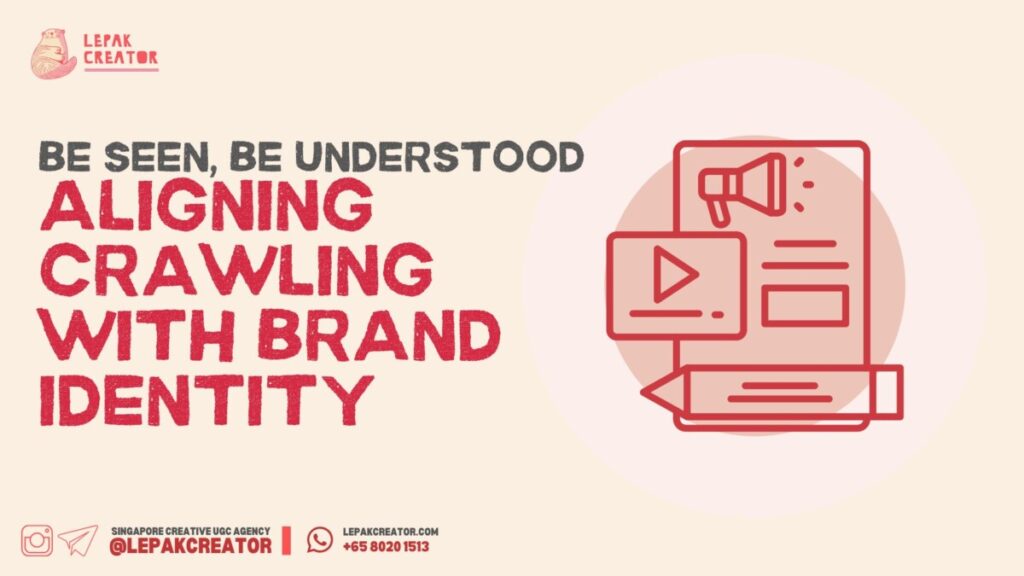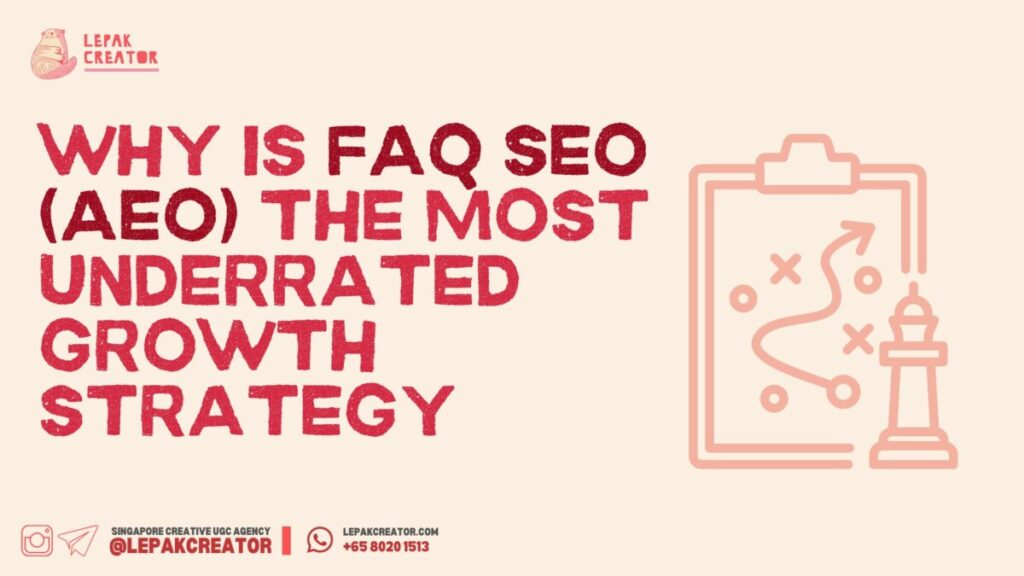Be Seen, Be Understood: Aligning Online Crawling With Your Brand Identity

When we first started helping businesses grow online, we noticed something surprising: many business owners thought that simply having a website or showing up on Social media was enough. But the truth? That’s only the very beginning. Over the years, we’ve seen brands thrive—or struggle—based on how they show up online. Your online presence isn’t […]
Why is FAQ SEO (AEO) the Most Underrated Growth Strategy — And Why Most Businesses Still Aren’t Using It

If you look at how people search today, you’ll notice something interesting. People no longer search like they used to. They don’t type one-word keywords. They don’t browse endlessly. They don’t even want to read long pages until they get the exact answer they need. What people do now is simple:They ask questions. Real, everyday […]
How Businesses Can Harness AI Without Burning Out: Why Hiring a Skilled Agency Makes the Difference

Artificial Intelligence has changed the way we create content, run campaigns, and communicate with audiences. Tools like ChatGPT can generate ideas, draft copy, correct grammar, expand short phrases into full articles, or even transform monotone statements into engaging, imaginative storytelling. And that’s just with words. Images, videos, and other media content are just starting points. […]
How to Rank #1 in Singapore: SEO & Social Media Marketing for Local Businesses

Although our core expertise is in Social media, UGC content creation, and Branding, our founder’s background spans the entire omni-marketing spectrum — from offline campaigns to search engine optimisation (SEO). Why does this matter?Because in today’s digital landscape, marketing channels don’t work in isolation. Social media builds attention, but SEO captures intent. When you connect […]
5 Essential Steps in the Content Creation Process

In the fast-paced world of digital marketing and online engagement, businesses need to be strategic and deliberate in their content creation efforts. Creating content that resonates with your target audience, builds brand authority, and converts readers into customers is a multifaceted process. To help you streamline this process. 5 Essential Steps in the Content Creation […]
Writing in 2023: Social Media to Traditional and Beyond

There are many types of writing in 2023, ranging from traditional print media to digital and online formats. Here are some of the most common types of writing that are relevant today: 1. News writing: In newspapers, magazines, and online news sites, this type of writing is typically found. Providing objective information and presenting facts […]
Writing vs Marketing Copywriting: What’s the Difference?

Marketing copywriting differs from writing. A marketing copywriter is a writer who focuses on promoting a product, service, or brand using a wide variety of styles, genres, and purposes. So what is Marketing copywriting? In marketing copywriting, written content is used to promote products, services, or brands with the goal of getting potential customers to […]
